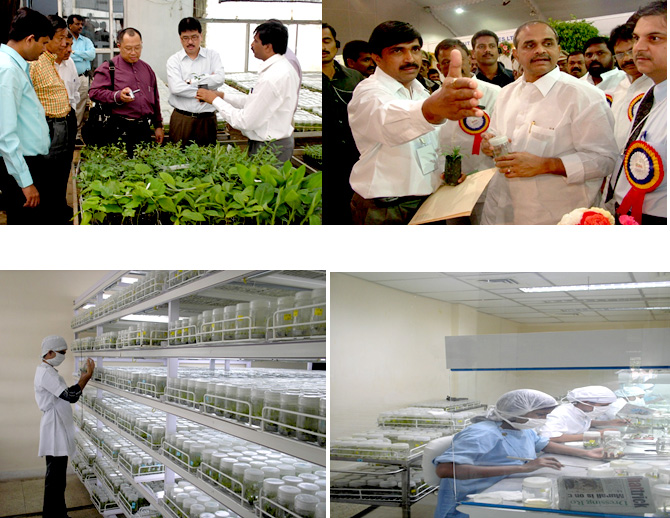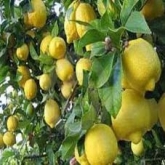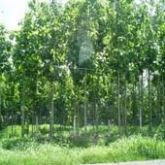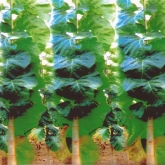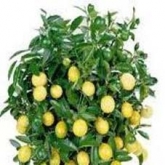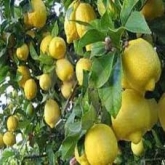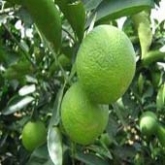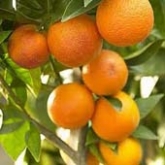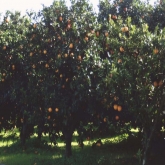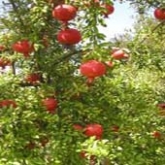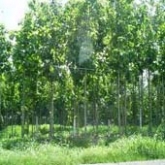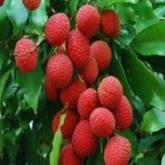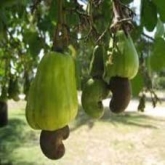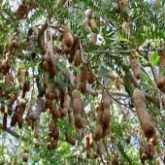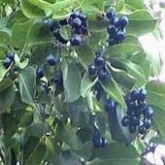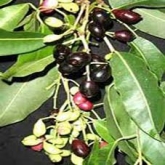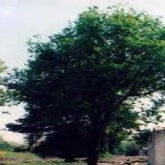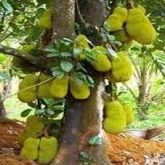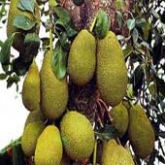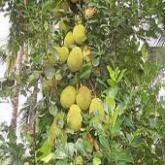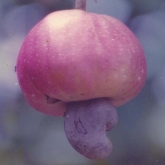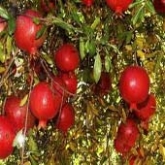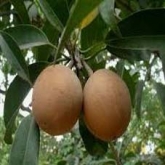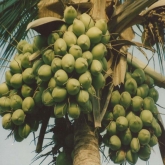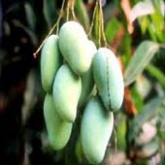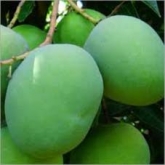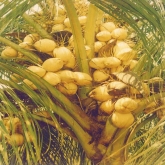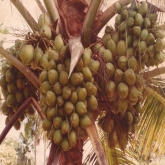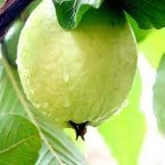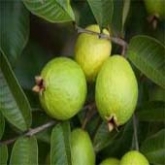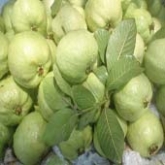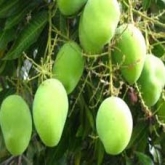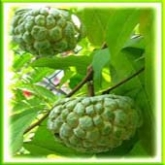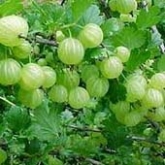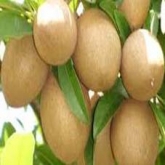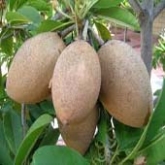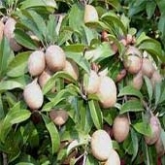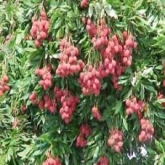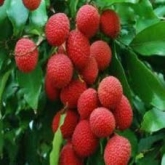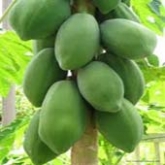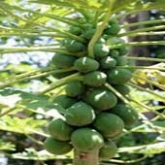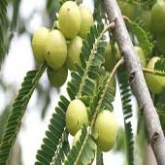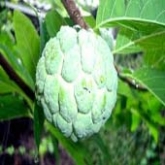Red Sanders or Red Sandalwood is a species of Pterocarpus native to India.
It is a hight-demanding small tree growing to 9m tall with a trunk 150 –175 cm diameter. It is fast-growing when young, reaching 6m tall in three years even on degraded soils. It is not frost tolerant. The leaves are alternate, 3–9 cm long, trifoliate with three leaflets. The flowers are produced in short racemes. The fruit is a pod 6–9 cm long containing one or two plants.
The wood has been historically valued in China who introduced classical Chinese furniture to the west. It has been one of the most prized woods for millennia. The worldwide Standing Market is growing in all countries in faster as gold. Red sandal is popular and costly Timber. The wood is famous for its aroma & growth. Sandal can be grown anywhere in India, can be planted in 10 x 10 feet spacing which yields 500 Kgs by 10years of Heart wood (Red sandal wood) for each tree. The sandal wood is of high demand in China, Korea, Singapore, Malaysia, Canada, USA, UK, Singapore, Malaysia and Gulf countries.
Red Sanders or Red Sandalwood is a species of Pterocarpus native to India.
It is a hight-demanding small tree growing to 9m tall with a trunk 150 –175 cm diameter. It is fast-growing when young, reaching 6m tall in three years even on degraded soils. It is not frost tolerant. The leaves are alternate, 3–9 cm long, trifoliate with three leaflets. The flowers are produced in short racemes. The fruit is a pod 6–9 cm long containing one or two plants.
The wood has been historically valued in China who introduced classical Chinese furniture to the west. It has been one of the most prized woods for millennia. The worldwide Standing Market is growing in all countries in faster as gold. Red sandal is popular and costly Timber. The wood is famous for its aroma & growth. Sandal can be grown anywhere in India, can be planted in 10 x 10 feet spacing which yields 500 Kgs by 10years of Heart wood (Red sandal wood) for each tree. The sandal wood is of high demand in China, Korea, Singapore, Malaysia, Canada, USA, UK, Singapore, Malaysia and Gulf countries.


- developed by: M/s NATIONAL AG BIO-TECH,Madanapalle,AP and HYDERABAD.
- Plants developed with Tissue Culture clone technology.
- Low maintenance and water requirement: The Cloned Plants are incubated for a period of 5 months, prior to plantation, thereby reducing water requirement and maintenance cost.
- An investment which yields returns higher than Insurance Policy, Bank Interest, Stock Markets.
- Low investment and high returns compare to any investment policy.
- RETURN ON INVESTMENT:
The major part of the investment is land which itself is available for security. The expenses on security of sandal-wood arise only after 5 years. By that time fully grown sandal wood is available on security for funding.
- Can be grown in any type of soil, Except for the areas which are prone to frost.
- Rainfall requirement: Minimum 50cm per annum, areas prone to heavy rainfall must have proper water draining facility. Cloned Plants
- Acts as corporate social responsibility.
- Space required for each tree: - 81 square feet (9x 9)
AREAS FOR PLANTATION
- Near the boundary wall and in Domestic premises.
- Farm houses, waste lands and Gardens.
- Small pieces of land lying idle in the Industries.
Plantation can even be promoted in separately allotted acres of land.
OTHERS
- Initial maintenance is required for 6 months.
- The cost of land would appreciate by at least 10% per year.
- Sandalwood oil is sold at the rate of rupees 1 lakh per kg.
- The rates of Sandalwood and its oil are present value rates.
- The above income is all tax free income, as agriculture income is exempt income, under the Income Tax Act, 1961.
- Sandalwood has a huge export market and various other medical usages.
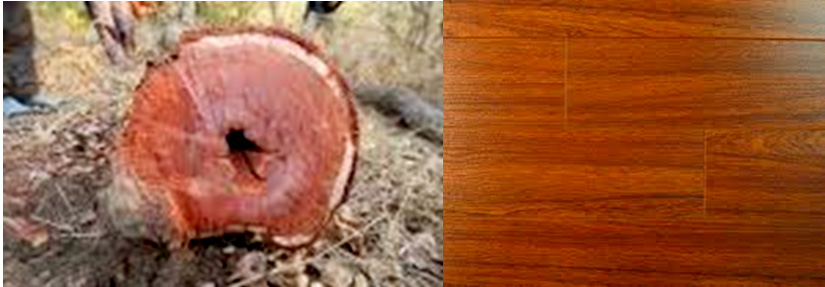
The demand of sandalwood increases day by day for regular use such as production of medicine and allied products. Govt. of India passed an ordinance and relax the restrictions in the year of 2002 for cultivation of sandalwood in private lands. Hence many of the farmers in India come forward to cultivate sandalwood in their lands. We have supplied nearly 3,00,000 saplings to Tamil Nadu and 50,00,000 saplings to Gujarat. Govt. of Karnataka is investing ` 50 Crores on Red sandal plantation during 2012-13. Cultivation period in the wild is minimum 15 years whereas 10 years for field cultivation. The entire harvest completed within 15 years.
Returns:-
No. of Plants in 1 Acre : 500 plants
Distance b/w Plants : 9 x9 (Feet's)
1 Tree weight for 10Years : 5-6 Quintals
Generated Wood from 1Acre for 10Years : 200-250 Tons
Gov. Price of Red Sandal Wood for the Year 2011 : `.15 Lakhs per Ton
Export Price of Red Sandal Wood for the Year 2015 :`.25-30 Lakhs per Ton
'C' grade Red Sandal Wood : `.3-5 Lakhs per Ton
Returns for 10Years from 1Acre of Red Sandal Wood Plantation :` 20-25Crores Approx.
